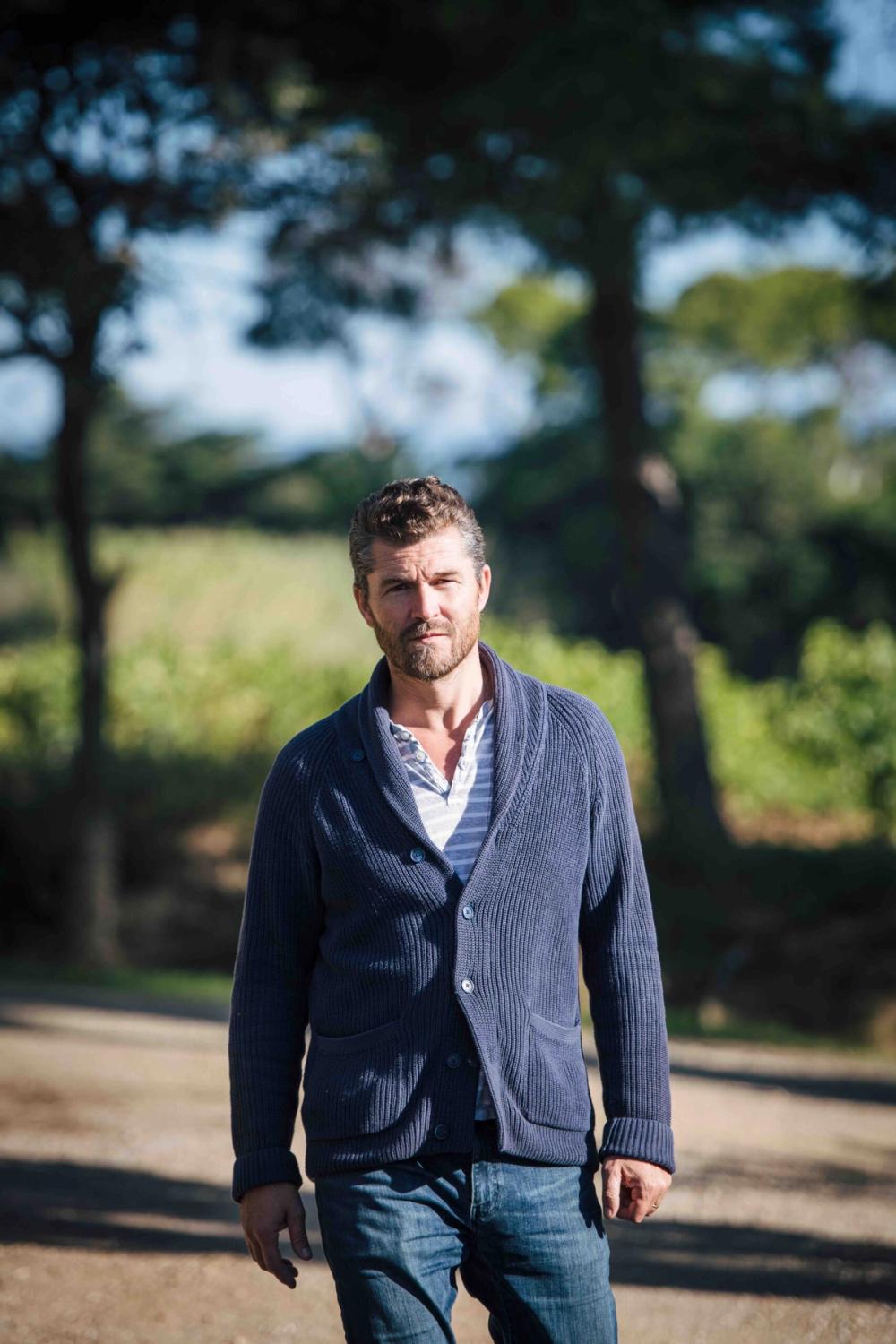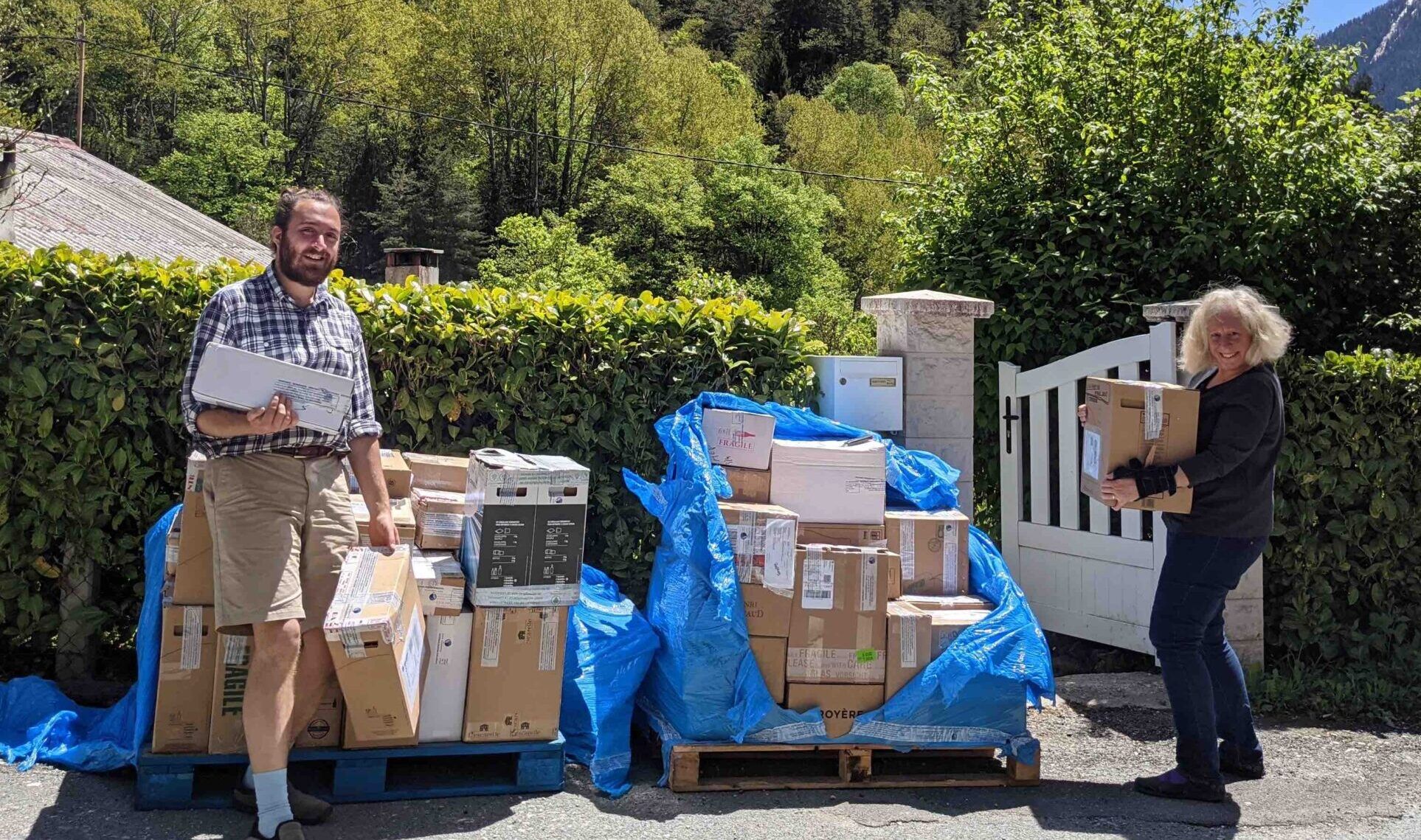“I do get a little irritated by people who just dismiss the whole category. A little like saying I don’t like white wine because every Sauvignon Blanc I have tasted is the same,” says Gabay

For a special discount on the Guide, please see below.
Peter Dean: You are releasing a ‘Buyer’s Guide to the Rosés of Southern France’. Could you explain a bit more about the project and who it is intended for?
Elizabeth Gabay MW: We thought up the idea for the guide in mid-March with the realisation that so many trade shows were being cancelled again – buyers were unable to visit vineyards and sending samples to every enquiry can become expensive. So this is like a virtual trade show for buyers, journalists, wine students.
What is the main vintage? And does it compare with other vintages?
Most wines hitting the market are 2020. After 2019’s success, it’s been a tricky year, and a lot of wines have had the tell-tale symptoms of water stress and arrested phenolic development, so many wines were more delicate and some more simple than the previous year.
What do you mean by ‘the South of France’? Which regions/ appellations are included?
It started with just Provence rosé, then Languedoc – then why not Rhône (roughly up to Montelimar) which bridged the two regions – and then if we were doing southern France, we thought we absolutely had to include Corsica. Then the IGPs which are often ignored…. We then drew a line! IGPs in particular are important as marketing often focuses on the more well known appellations. I discovered a large number of wines in my own local area which I had never come across before, possibly because they fall under the radar as IGPs.
You make a big thing about the wines being blind-tasted. Is this something that you think all reports should be doing?
I think most reviews are blind tasted, but wines often get only one chance to show their worth. Many rosés need time to open up. Some are better with food. This was not a competition, but a chance to showcase the wines. My co-taster, Ben Bernheim kept me completely in the dark – but he did flights by region, by variety, by style so we often tasted the same wine several times in different contexts. So Languedoc Nielluccio with Nielluccio from Corsica, oaked rosés from everywhere, by price bracket…. The most difficult category was for the rosés which are probably very successful commercially – good price and uncomplicated – but really do not shine in a blind tasting or have long tasting notes.

Nicolas Audebert star winemaker at Domaine de l’Ile Cotes de Provence – one of the estates Gabay recommends putting on our radar
How many grape varieties are covered? And which are the major ones?
The major varieties were Grenache, Cinsault, Syrah, Mourvedre and Cabernet Sauvignon and Nielluccio and Sciacarello in Corsica
Which are the most unusual grape varieties being used?
Amongst the other varieties there were: Alphonse Lavallee, Barbarossa, Braquet, Bourbolenc, Caladoc, Carignan, Carignan Gris, Cinsault, Clairette, Counoise, Egiodola, Grenache Gris, Grenache Blanc, Marselan, Merlot, Muscat Hambourg, Muscat Petit Grains, Muscat Alexandrie, Petit Verdot, Piquepoul Noir, Riveyrenc Gris, Riveyrenc Verdal, Rolle/Vermentino, Tibouren, Viognier.
That is at least 35 grape varieties. That being said, of the 1,000 wines we tasted, an enormous proportion had Grenache in them. Today, Grenache style is regarded as one of the best definitions of “Southern French rosé”. Syrah and Mourvedre are distant second and third, although Mourvedre is of course dominant in Bandol.
The most exciting new direction was the new grape varieties – Marselan, Caladoc, Egiodola. They’re more adaptable to climate change, which is a major concern in an already hot and dry area.
How are the styles changing? Which ones are an exciting new direction and which ones should winemakers steer away from?
This is difficult to answer – because we did not take into account volumes when tasting. But I would say (and something I have felt for a number of years) that there are two styles of rosé. The highly successful style for summer drinking. Fresh, fruity, dry, pale. Then the much smaller in volume rosés which appeal to a very different market – maybe more ‘wine drinkers’ where colour was less important, the wines have greater complexity, depth, weight and sometimes what can be best described as an element of funkiness. The big problem is that it is not always easy to identify from the bottle or colour. Working with a wine merchant who has a good selection, knowing the producer… one reason for the guide – it might help identify rosés which are a little bit different.
Name five exciting estates that we should put on our buying radar.
- Domaine de l’Ile Cotes de Provence (owned by Chanel – Rauzan Ségla) and bringing in star winemaker Nicholas Audibert
- Château de la Selve, IGP Ardeche
- Château de Montfrin, AOP Côtes du Rhône
- Montirius le Domaine AOP Côtes d Rhône
- Château de l’Engaran, AOP Languedoc
Why the South of France? And what is it about the region that so much good rosé comes from here?
I guess the climate – hot in the summer so big tannic reds are out. Fashion? tourists? There is a growth in amazing white wines too – so maybe just a growing trend in wines which have less weight and extract? And I guess living in the south of France – these are wines and regions which are on my everyday radar and are an important part of the wine economy.
Why did you choose to become a world expert on rosé?
Not sure I ‘Chose’. I was not a rosé wine drinker – possibly as much a snob as many others in the wine trade in reaction to rosé. I had intended to write about Provence… 90% rosé and the Classic Wine Library asked if I could discuss rosé in a wider sense. I then became hooked on discovering the history, the range of styles, the really exciting wines which get overlooked because not conforming to a standard commercial style. I do get a little irritated by people who just dismiss the whole category. A little like saying I don’t like white wine because every Sauvignon Blanc I have tasted is the same.
Why has it been critically underappreciated? And is that changing?
There is a little snobbery – OK a lot of snobbery. And it did make me think about why. Is wine rated highly because it ages or is complex? Small producers? Interesting stories? All these categories exist in the rosé sector but I wonder if for so many, we do not have the tasting vocabulary for rosé. We know how to look at the colour of red and white wines and think about youth, age, oak, variety… we understand secondary and tertiary characters for white and red… but very often this critical analysis does not extend to rosé and too often it is the palest which is most highly regarded. It is changing – slowly.
Pretend you are a sommelier in a UK city restaurant and you want to show 10 rosés on your list that show off the best of Southern France – what are they and why?
Sommeliers are in a great position to introduce the consumer to interesting styles. We tried a number of rosés which just cried out to go with food. Tavel and Bandol rosés are a good start. They both have a proven track record for ageing well, which means that, if not sold out, they get more interesting as a gastronomic style with every year. Something like Domaine Marie Berenice in Bandol and Domaine de la Mordorée in Tavel are good examples. Perle de Rosée from Montirius le Domaine, Vacqueyras AOP is seriously classy. A nice aperitif style such as that from Bomont de Cormeil IGP Coteaux du Verdon has a very high percentage of Viognier, a classic Provence such as Chateau la Tour de l’Eveque’s Petale de Rose or Chateau de la Clapiere in a traditional curvy bottle.
Languedoc-Roussillon has some interesting styles, not just Provence taste-alikes. Le Petit Couscouril from Domaine Vial Magneres, AOP Collioure is full bodied and great with food – its label even shows a plate of anchovies! Domaine du Siestou’s La Vie est une Fete IGP Pays d’Oc is 100% Pinot Noir and for those who like Burdundian rosé, this is great. And from Corsica Mlle D from Decichi Vigneronne is a wonderfully joyous Nielluccio and Colette from Domaine de Peretti della Rocca is 100% Sciaccarellu is amazingly powerful for some serious meal matching.
- Elizabeth Gabay’s ‘Buyer’s Guide to the Rosés of Southern France’ is available to buy here at the price of €20, The guide is supplied in the form of a PDF file, downloaded after purchase. Readers of The Buyer can obtain a discount of 20% until 20 June by using the coupon code THEBUYER.
- The guide is 293 pages long and includes tasting notes for over 830 rosés from southern France, the best of the almost 1000 tasted. Of these, 20 are rated “Outstanding” and 176 “Highly Recommended”. With each tasting note are details of each wine, a contact email address and, for some, importer details.
































